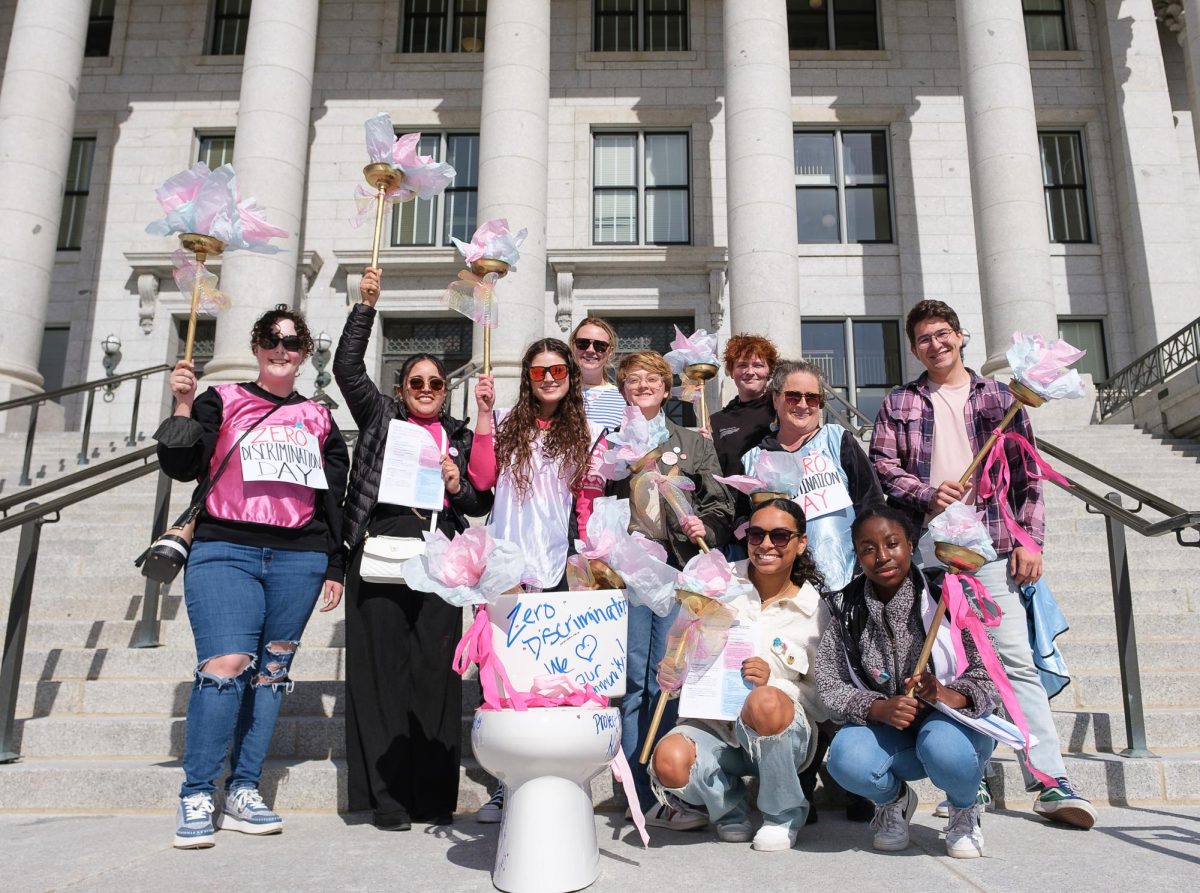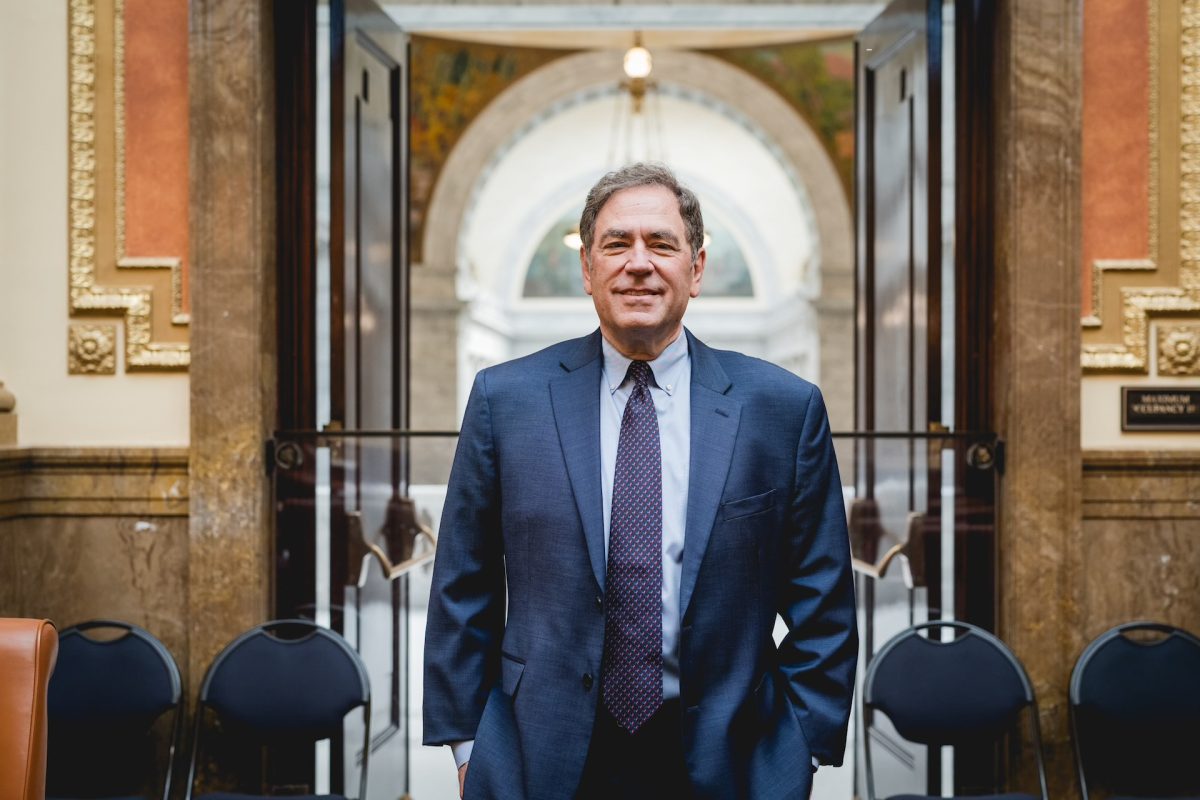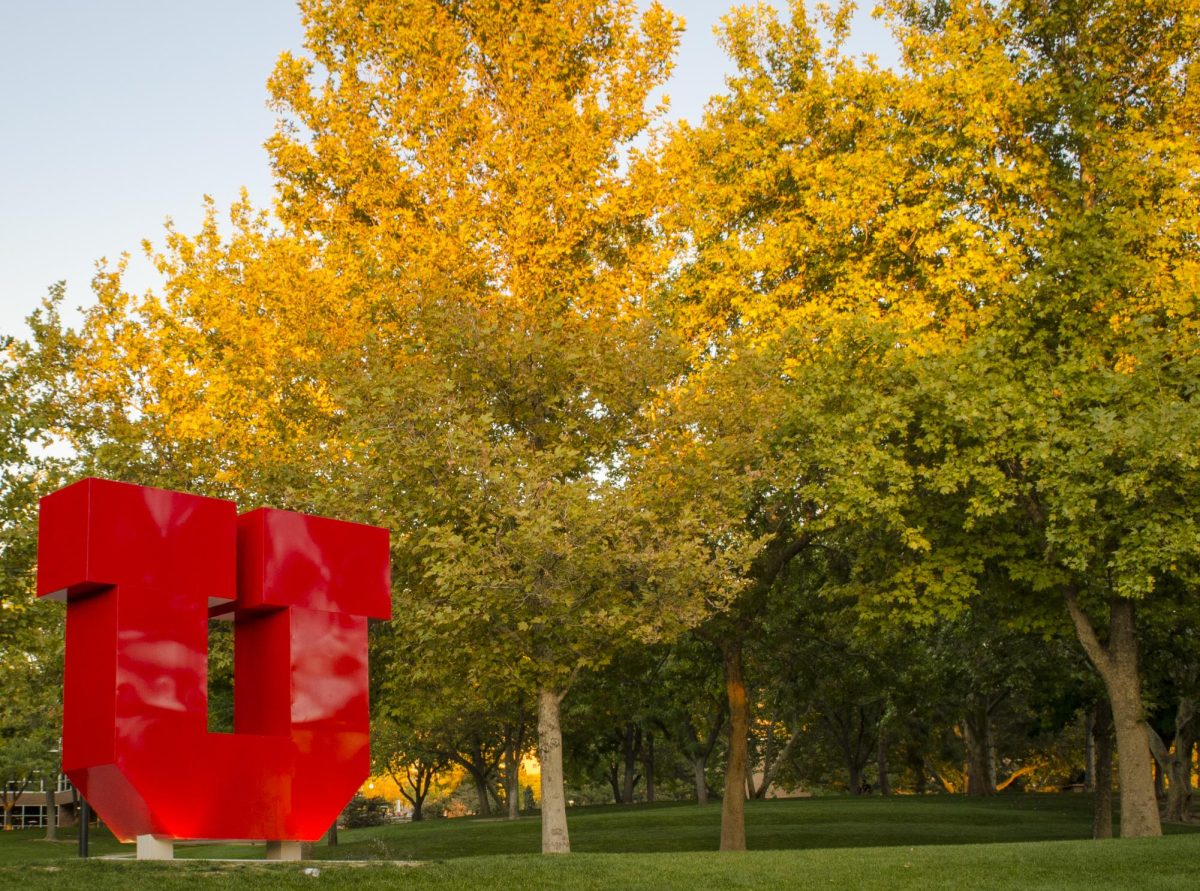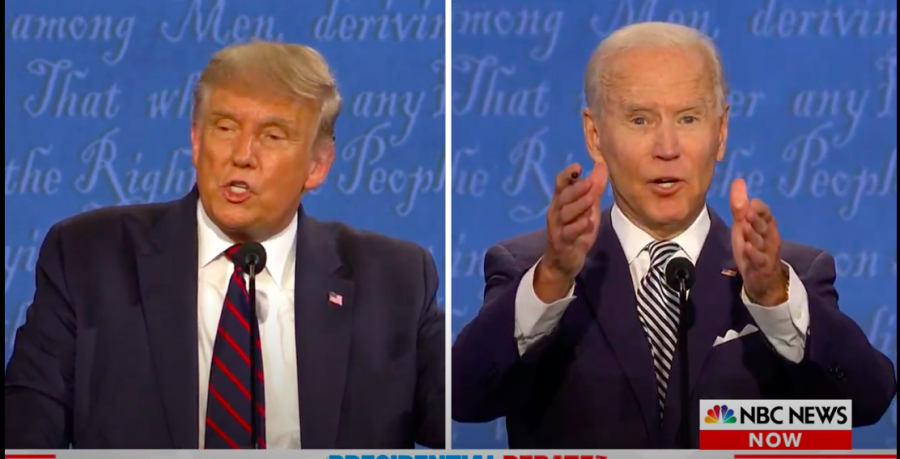
If it isn’t already here, the desolation of the smog is coming whether the Salt Lake Valley is prepared for it or not.
Living in the Salt Lake Valley during the winter can be difficult, but one of the hardest things about living in the valley is the air quality.
According to the U’s Program for Air Quality, Health, and Society, the air in the Uinta basin during the winter is made up of fine, particulate matter. When the matter is trapped beneath a cold front, the pollution produced in the Salt Lake Valley is trapped with it.
This thick layer of chemical build-up, which hovers over Salt Lake City every winter, is known as the inversion. Due to fine air matter literally being molecularly trapped under cold air, there is little space to breathe. Not only is this not good for the local environment, but it is detrimental to the health of civilians.
Erin Silva, professor and assistant director of City & Metropolitan Planning, said he specializes in the causes of pollution and that residents of SLC need to be more aware of how they are contributing to the pollution.
“We need to understand where the pollution comes from,” Silva said. “It comes from fossil fuels.”
Silva said civilians contribute to three major sources of the pollution. These include using electricity that is generated from coal — which is burnt by the local Delta Power Plant — the use of motor vehicles and the oil refinery at the head of the valley.
All pollution emitted from these sources can typically disperse into the air, but under the city’s winter conditions, it is trapped under the inversion, Silva said.
“We drive a lot in this valley — we need to build more walkable communities,” he said. “We need to have a really good plan for creating density in the center of our city and public transportation.”
The Program for Air Quality and Society has more scientific and interactive ideals about solving the valley’s inversion. According to their website, www.airquality.utah.edu, they are aiming to research as much as possible and warn about the danger that the polluted air poses. As a team, they have worked to create a game that will engage students in learning about improving air quality. One app, “Utah Air,” is used to promote the idea of improving air quality by showing trends in the air.
“We need to promote pollution awareness on campus,” Silva said.
Silva said promoting the necessity of improving the valley’s air for both the environment and for civilian health has already spread through campus.
Miacel Spotted Elk, a freshman in Urban Ecology, said she thinks the inversion is dangerous to the health of those living in it.
“The inversion is awful and especially for people with sensitive conditions and asthma,” Spotted Elk said. “The best way to help this is public transportation. It’s all on behalf of the people.”
Spotted Elk said it is the community’s duty to decrease the pollution of the air.
Reuben Lehr, a freshman in film, said he personally knows people affected by the air pollution. He said the inversion must be lessened.
“I think the best way is to utilize public transportation,” Lehr said. “You need to not drive as much and to be conscious.”
[email protected]
@chriswritine
Winter Inversion Is Settling in Salt Lake Valley
(Photo by Chris Ayers)
November 23, 2014




















